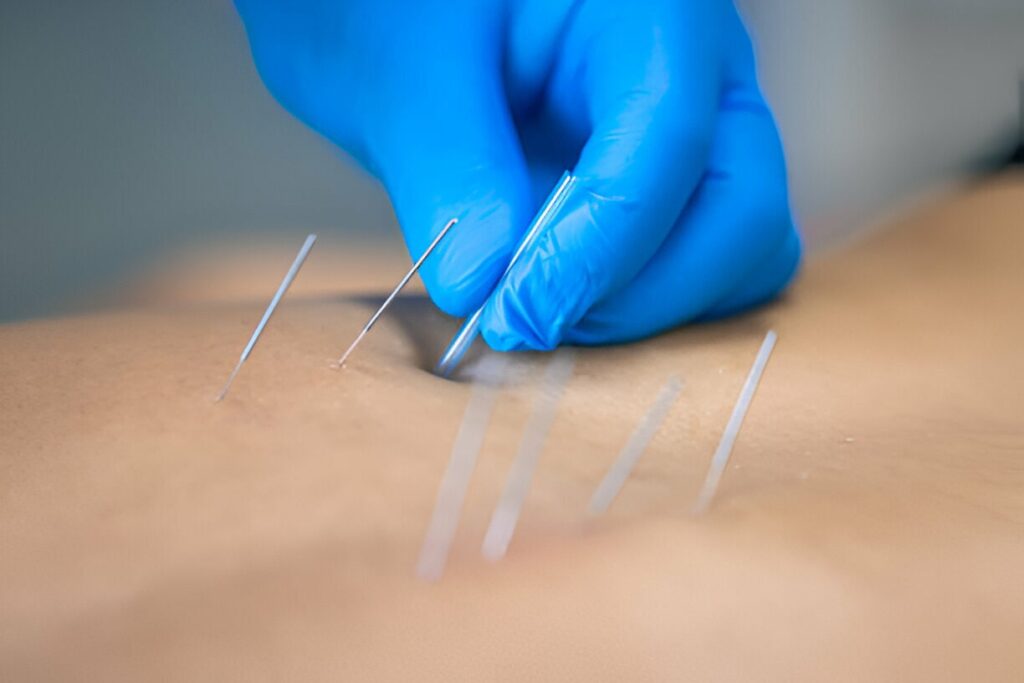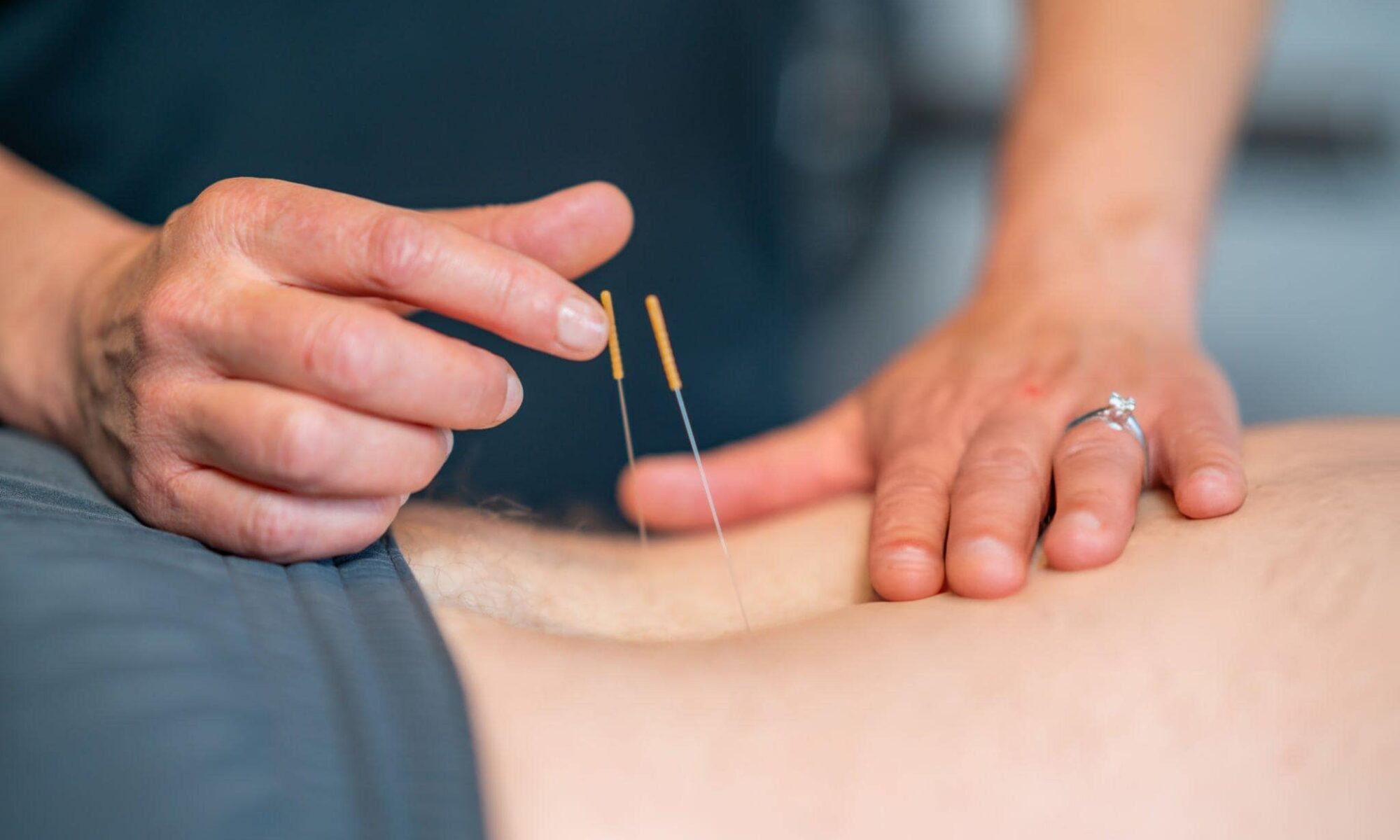Dry Needling is a popular technique used by physical therapists for musculoskeletal conditions and dysfunctions related to myofascial pain and trigger points.
It is becoming increasingly popular in manual physical therapy, and there are ongoing clinical studies to better understand its pain science and role in rehabilitation.
Stay on this blog, and you will get to know the benefits of dry needling and everything related to it.
What Is Dry Needling?
Dry needling is a therapeutic procedure that can help relieve muscular pain and improve joint mobility. This involves inserting a needle into small muscle knots, known as myofascial trigger points.
These points can be quite sensitive and painful to the touch. This minimally invasive treatment is generally low-risk and may effectively relieve both acute and chronic pain.
However, dry needling may cause side effects such as soreness, bleeding, bruising, and fatigue. It is typically used in conjunction with other treatments such as stretching, massage, ultrasound, electrical nerve stimulation, and heat therapy to achieve optimal results.

Purpose of Dry Needling
Dry needling is a medical procedure typically performed as an outpatient treatment. It inserts thin stainless steel needles (25-gauge or thinner) into the skin and muscles at trigger points, causing the muscle to twitch, which can help alleviate symptoms.
Dry needling is typically performed by an orthopaedic doctor, chiropractor, or physical therapist. It is commonly used to treat a variety of conditions. For example:
● Disk problems
● Jaw and mouth problems, such as temporomandibular joint disorders (TMJ)
● Joint problems
● Muscle weakness
● Myofascial pain
● Migraine and tension-type headaches
● Pelvic pain
● Phantom pain
● Post-herpetic neuralgia (pain left behind by shingles)
● Reduced range of motion
● Repeating the motion disorders
● Scar-tissue build-up
● Spinal problems
● Tendonitis
● Whiplash
Trigger points are specific areas in muscles that can be associated with an excess of a neurotransmitter called acetylcholine. This neurotransmitter is responsible for stimulating muscle contraction and movement.
A taut band within the muscle can identify a trigger point, which can develop as a natural protective measure in response to injury, repetitive motion, or sustained postures. If left unresolved, these bands can become knots.
Pain originating from trigger points is thought to occur due to decreased blood flow, leading to insufficient oxygen supply to the affected region. It can result in sudden localised or referred pain, muscle weakness, stiffness, and limited range of motion.
Dry needling, developed in the 1980s, is based on the Traditional Chinese Medicine acupuncture technique. Although there are several variations of dry needling, they all serve the same purpose.
How Dry Needling Works
Dry needling is a treatment that uses solid filiform needles to relieve trigger points. Unlike hollow needles that contain medication, the needles used in dry needling are inserted directly into or near muscle knots or connective tissues.
The trigger point causing pain may be located near or in a different part of the body. Different theories about how dry needling works exist.
One theory suggests that it stimulates a local twitch response, which is an involuntary reflex contraction of muscle fibres in a taut band.
When a needle is inserted, it can trigger a chemical response that aids in pain relief after dry needling.
Additionally, the needle’s insertion can create minor lesions that encourage tissue regeneration and repair in the days following treatment.
A study found out that dry needling offers short-term benefits such as reduced pain, increased range of motion, and better quality of life in patients with myofascial pain.
However, more high-quality studies are needed to definitively recommend dry needling as a treatment option.
Final Thoughts
Dry needling is a promising approach for managing musculoskeletal conditions. It reduces pain, improves range of motion, and enhances quality of life.
Though it has some side effects, its safety profile is good. As an adjunctive treatment, it offers a valuable option for addressing pain conditions. However, more research is needed to validate its efficacy and clinical applications.
If you are looking for dry needling in Greenacre, contact Synergy Spine and Health.

